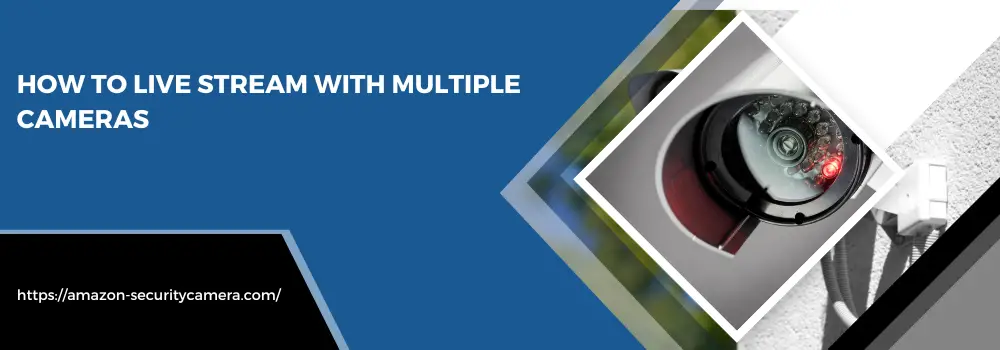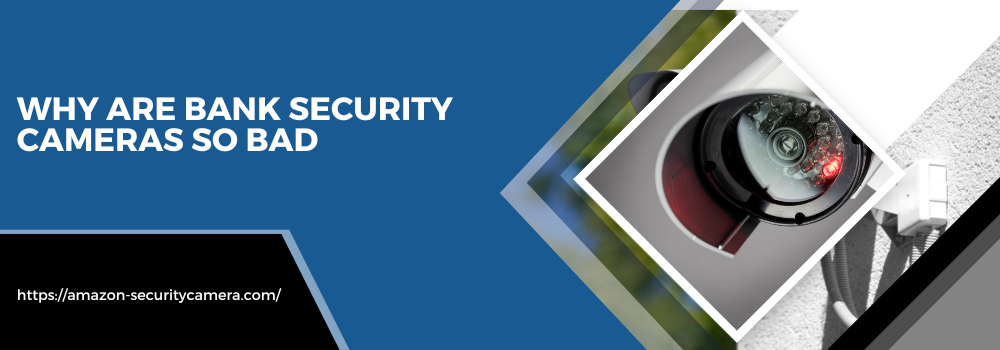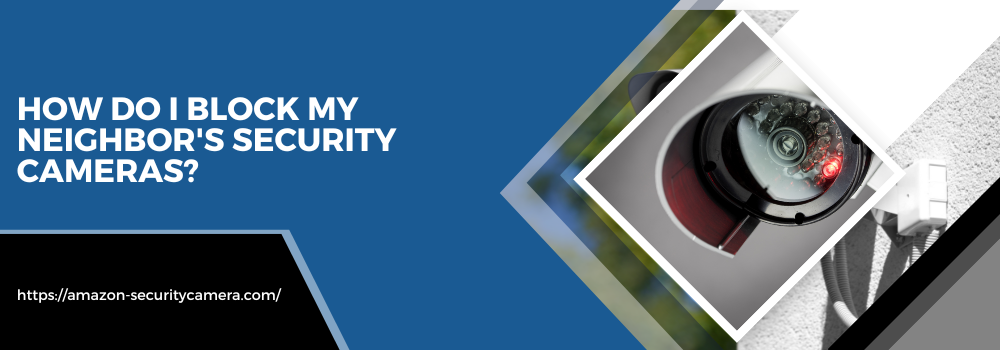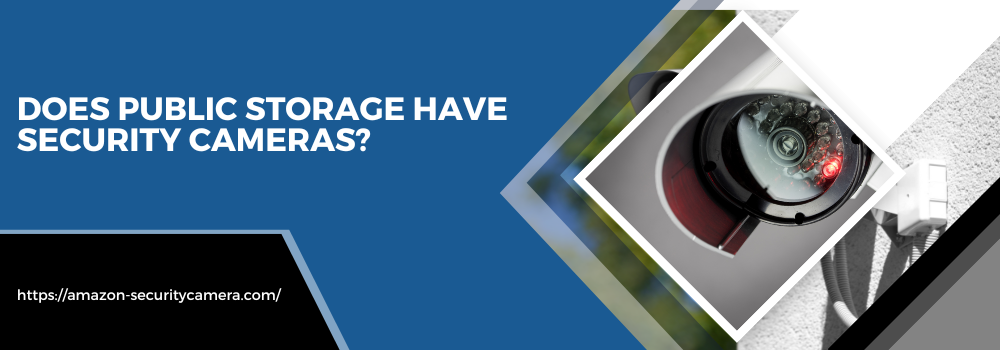How To Live Stream With Multiple Cameras? Have you ever wondered how you can enhance your live streams with the dynamic perspectives offered by multiple cameras? Are you looking for ways to create a professional broadcasting experience for your viewers? Whether you are a budding content creator, an event organizer, or simply someone who enjoys sharing moments with a live audience, the potential of multi-camera streaming is a game-changer.
The answer is simple: The process of live streaming with multiple cameras involves linking several video sources to your streaming setup and smoothly transitioning between these perspectives. This technique not only creates a vibrant and captivating visual narrative but also allows you to control the flow of your broadcast, just like a television director.
Be it for a virtual event, a live concert, or a webinar, multiple cameras can transform your live streams into professional productions. By utilizing multi-camera streaming, you’re able to create an immersive and engaging content offering that will captivate your audience.
Table of Contents
Introduction to Multi-Camera Live Streaming
Before we dive into the details of how to set up and effectively use multiple cameras for live streaming, let’s first understand what multi-camera live streaming is all about. Simply put, it is a technique in which you use more than one camera simultaneously to capture different angles and perspectives of a particular event or scene.
The Importance of Multi-Camera Live Streaming
Multi-camera live streaming is a powerful tool that amplifies the viewer’s experience. It’s the secret sauce that transforms mundane broadcasts into dynamic, captivating spectacles. When you stream from one angle, you risk creating a monotonous, static viewing experience. However, multi-camera streaming brings action to life, providing unique perspectives that hook your audience.
With multiple cameras, your broadcast mimics the immersive experience of being physically present at an event. The diverse angles fill in the blanks, piecing together a comprehensive, 360-degree view of the action. This richness of perspectives is a game-changer, adding depth and enhancing the narrative of your stream. It’s not just about capturing an event; it’s about capturing the entire experience. By offering your audience the best seat in the house, you’re delivering an unrivaled viewing experience.
One of the main advantages of multi-camera live streaming is its ability to create a more dynamic and engaging viewing experience for your audience. By switching between different camera angles, you can keep your viewers’ attention and make them feel like they are part of the action.
The following are the benefits of Multi-camera live streaming:
- Immersive viewing experience for your audience
- Dynamic, engaging broadcast with multiple perspectives
- Increased control over the flow and quality of your stream
- Professional-looking production that stands out from the crowd
Basic Set Up for Multi-Camera Streaming
To get started with multi-camera streaming, you’ll need the following equipment:
- Multiple cameras (at least two)
- A video capture device or hardware encoder
- A computer or laptop with streaming software installed
Once you have all the necessary equipment, follow these steps to set up your multi-camera stream:
- Connect each of your cameras to the video capture device or hardware encoder using HDMI or SDI cables.
- Connect the video capture device or hardware encoder to your computer or laptop via USB.
- Open your streaming software and select the video capture device as your camera source.
- Configure and arrange your cameras in a way that provides different perspectives of the event you’re streaming.
- Make sure to test each camera’s feed and switch between them to ensure everything is working correctly.
Types of Cameras Suitable for Live Streaming
When it comes to choosing the right cameras for your multi-camera live stream, there are several options available. The type of camera you choose will largely depend on your budget and the type of content you’re streaming.
- Webcam: This is the most affordable option but may not provide the best quality for professional streams.
- DSLR/Mirrorless Camera: These cameras offer high-quality video, but you’ll need a capture card or HDMI adapter to connect them to your computer.
- Camcorder: These cameras are specifically designed for capturing video and are a popular choice for live streaming due to their ease of use and high-quality output.
- PTZ (Pan-Tilt-Zoom) Camera: These remote-controlled cameras allow you to pan, tilt, and zoom without physically adjusting the camera, making them ideal for live streaming events.
No matter which type of camera you choose, make sure to test it beforehand to ensure it meets your quality standards and works well with your setup.
Positioning Your Cameras
Proper placement of your cameras is crucial for creating an engaging and seamless multi-camera live stream. Here are a few tips to keep in mind when positioning your cameras:
- Use different angles: Avoid placing your cameras too close together, as this will give you similar shots and defeat the purpose of having multiple cameras.
- Vary the height and distance: Experiment with placing some cameras at different heights and distances from the action to provide a variety of perspectives.
- Take lighting into account: Make sure your cameras are positioned in areas with good lighting to avoid dark or poorly lit shots.
Connection and Equipment Setup
Aside from the cameras, video capture device or hardware encoder, and computer, there are a few other pieces of equipment that are essential for multi-camera streaming:
- Cables: Make sure to have enough HDMI or SDI cables to connect each camera to your video capture device.
- Power sources: Check if all your cameras and devices have access to power outlets or use battery packs to make sure they don’t run out of power during your stream.
- Audio equipment: Don’t underestimate the importance of good audio in your live streams. Consider using external microphones or a mixer to capture high-quality sound.
- Internet connection: As with any live streaming, you’ll need a reliable and stable internet connection for multi-camera streaming. Consider using an ethernet cable
Choosing the Right Software for Multi-Camera Streaming
When it comes to streaming software, there are several options available, each with its own set of features and capabilities. Some popular choices for multi-camera live streaming include:
- OBS Studio: A free and open-source software that allows for multiple camera inputs, scene switching, and real-time audio mixing.
- vMix: A professional-grade software with a variety of advanced features such as virtual sets, graphics, and multi-view monitors.
- Wirecast: A user-friendly and robust software that offers support for multiple cameras, real-time transitions, and social media integration.
Before deciding on streaming software, make sure to research its compatibility with your equipment and the features that are most important to you. You may also want to consider doing a trial run or demo of the software to get a feel for its user interface and capabilities.
Reviewing Top Streaming Software Options
Here’s a quick overview of some popular streaming software options and their features:
- OBS Studio: Free, open-source, and supports multiple camera inputs, scene switching, and real-time audio mixing.
- vMix: Offers advanced features such as virtual sets, graphics, and multi-view monitors, pricing starts at $60 for the basic version.
- Wirecast: Offers support for multiple cameras, real-time transitions, and social media integration, pricing starts at $599 for the basic version.
Once you have chosen the right software for your multi-camera streaming needs, make sure to familiarize yourself with its features and settings before going live. This will help ensure a smooth and professional-looking broadcast.
Software Set Up and Configuration
Now that you have your cameras and software selected, it’s time to set everything up and configure it for multi-camera streaming. Here are some steps to get you started:
- Connect all your equipment (cameras, capture device, computer) using the appropriate cables.
- Install and open your chosen streaming software.
- Set up your scenes: A scene is a set of sources (such as cameras, images, or videos) that are displayed on your stream. Create scenes for each camera feed you want to include in your broadcast.
- Configure your audio: Make sure all the necessary sources (microphones, mixer, etc.) are recognized and properly configured in your software.
- Test and adjust: Before going live, make sure to test each camera’s feed and switch between them to ensure everything is working correctly. Make any necessary adjustments to lighting, audio levels, or camera placement.
Techniques for Effective Multi-Camera Live Streaming
Now that your setup is complete, it’s time to consider some techniques for creating a visually appealing and engaging multi-camera live stream:
Transitioning Between Cameras
One of the most important aspects of multi-camera streaming is seamlessly transitioning between camera shots. Here are a few techniques for smooth transitions:
- Cut: This is the most basic and straightforward transition, where one camera feed abruptly cuts to another.
- Fade A gradual change in visibility from one camera to another.
- Whip pan: A quick pan or swipe-like movement that creates a more dynamic transition between cameras.
- Picture-in-Picture: This technique involves displaying two or more camera feeds simultaneously, with one taking up the majority of the screen and the others in smaller windows.
Utilizing Different Angles for a Dynamic View
Having multiple cameras allows you to capture different angles and perspectives of the action, creating a more dynamic view for your viewers. Some useful camera angles include:
- Wide shots: These provide an overall view of the scene and are great for establishing shots or showcasing a large group of people.
- Close-up or medium shots: These focus on specific subjects or details and are great for adding emotion and intimacy to your stream.
- Over-the-shoulder shots: These show the subject from behind someone else’s shoulder, giving viewers a more immersive experience.
- Low or high angles: Experiment with placing cameras at different heights to change the perspective and add visual interest to your broadcast.
The Role of Lighting in Multi-Camera Streaming
Proper lighting is crucial for creating visually appealing and high-quality live streams. Here are a few tips for lighting your multi-camera setup:
- Use different types of lights: Combine natural light, ambient light, and artificial light to create depth and balance in your shots.
- Avoid harsh lighting: Direct sunlight or bright artificial lights can cause glare and make it difficult for cameras to capture clear images. Use diffusers or bounce lights to soften harsh lighting.
- Light your subjects separately: If you have multiple people in the shot, make sure each person is properly lit and not casting shadows on each other.
Advanced Tips for Multi-Camera Streaming
For those looking to take their multi-camera streaming to the next level, here are some advanced tips to consider:
Incorporating Audio into Your Stream
In addition to visual transitions, incorporating audio transitions can add a professional touch to your live stream. This could include playing music during transitions or using sound effects to enhance certain moments.
Tips for Troubleshooting Common Problems
Even with proper set up and preparation, technical difficulties can still occur during a live stream. Here are some tips for troubleshooting common problems:
- Audio/Video sync issues: Make sure all your equipment is properly connected and check the settings in your streaming software to ensure audio and video are synced.
- Camera feed freezing or lagging: This could be due to internet connection issues or an overloaded computer. Make sure to have a stable internet connection and close any unnecessary programs on your computer before streaming.
- Audio feedback/echo: This can be caused by having multiple audio sources too close to each other. Make sure to properly adjust your microphone placement and audio levels to prevent feedback.
Enhancing Your Stream with Graphics and Overlays
To add a professional touch to your multi-camera stream, consider incorporating graphics and overlays. These could include logos, lower thirds with names or titles, or social media handles. Many streaming software programs offer built-in options for creating and adding graphics.
Read another article to learn about Can I View My Vivint Cameras Online? | 5 Easy Steps
Conclusion (How to live stream with multiple cameras)
Mastering multi-camera live streaming is a valuable skill in today’s digital age. It combines technological prowess with creativity and attention to detail. By carefully selecting your equipment and configuring your software, you can create a professional setup. It’s important to test and adjust your settings to ensure a high-quality stream.
Understanding different camera angles and transitions enhances your stream’s dynamic nature. Always consider the role of lighting in your setup. It’s crucial for creating visually appealing and high-quality broadcasts. Incorporating audio transitions and troubleshooting common problems can further elevate your stream. Graphics and overlays add a final professional touch. Remember, success in multi-camera live streaming is a blend of preparation, creativity, and adaptability.
FAQ
What are the key factors to consider when setting up a multi-camera live stream?
You need to consider the types of cameras you use, their placement, the transitioning techniques between cameras, lighting, and the incorporation of audio into your stream.
What is the role of lighting in multi-camera streaming?
Proper lighting is essential for creating visually appealing broadcasts, helping create depth and balance in your shots while ensuring each subject is clearly visible.
How can I seamlessly transition between camera shots during a live stream?
Techniques for smooth transitions include cutting, fading, whip panning, and picture-in-picture, each offering unique visual effects to your broadcast.
What are some troubleshooting tips for common live streaming problems?
Check equipment connections and software settings to resolve sync issues, ensure stable internet and minimal computer load for lagging, and adjust microphone placement and audio levels for feedback issues.



